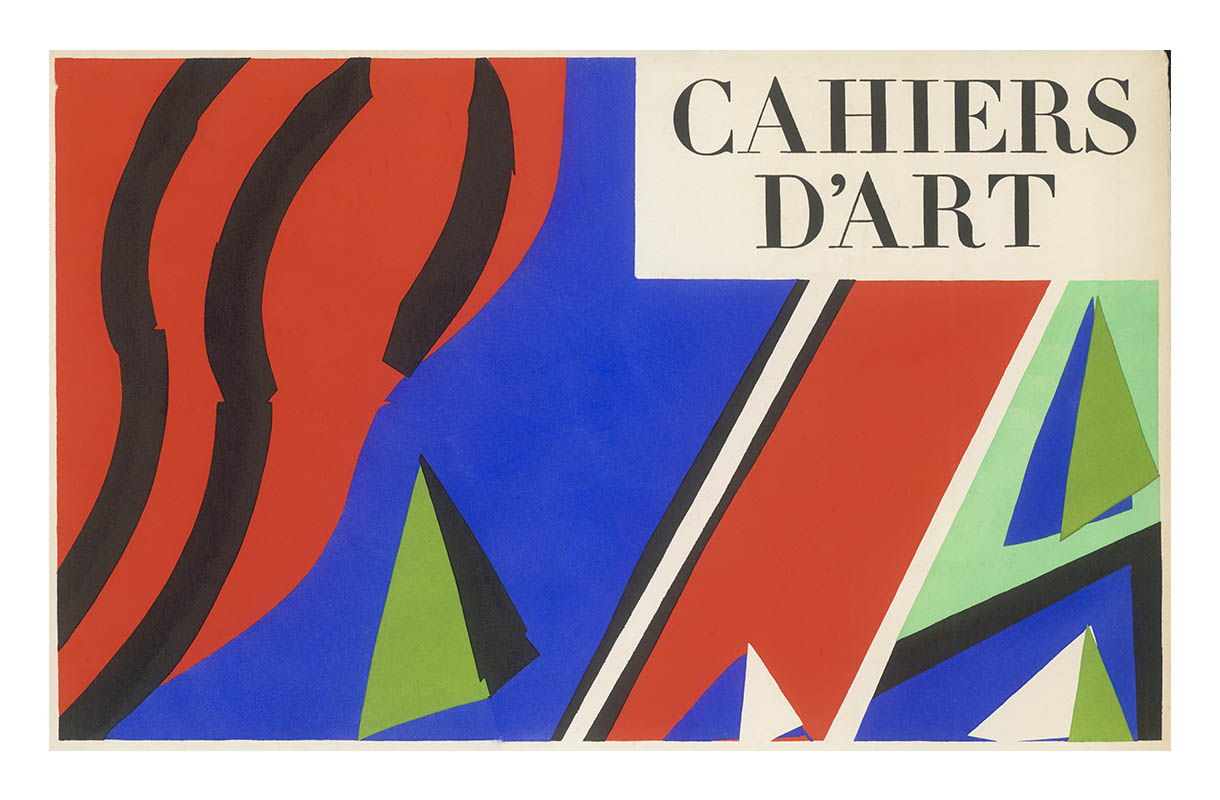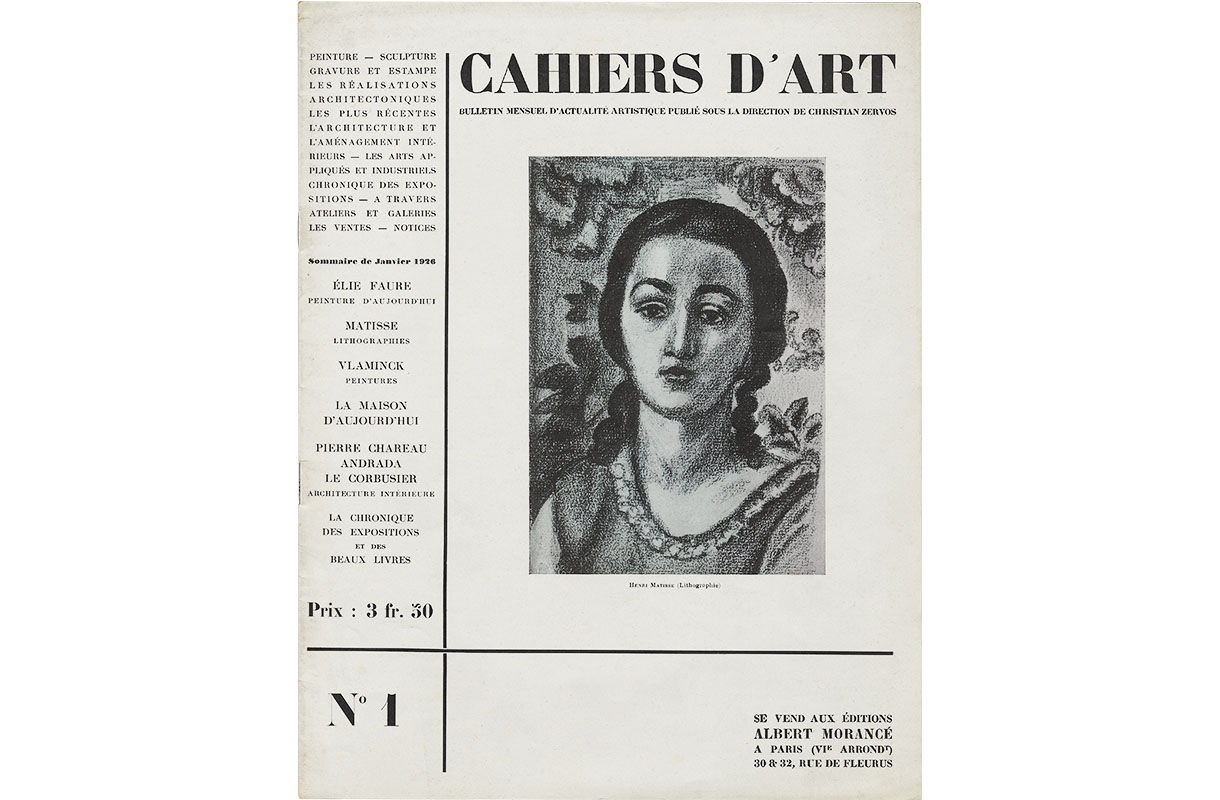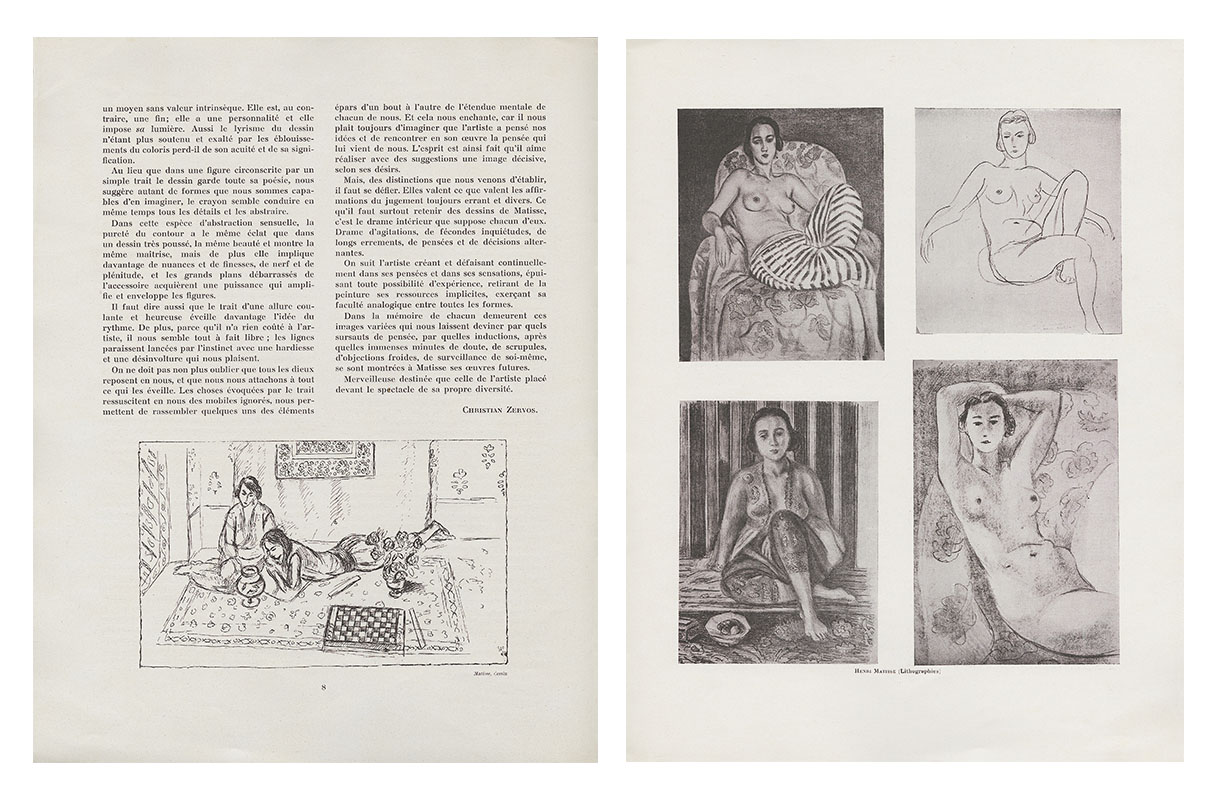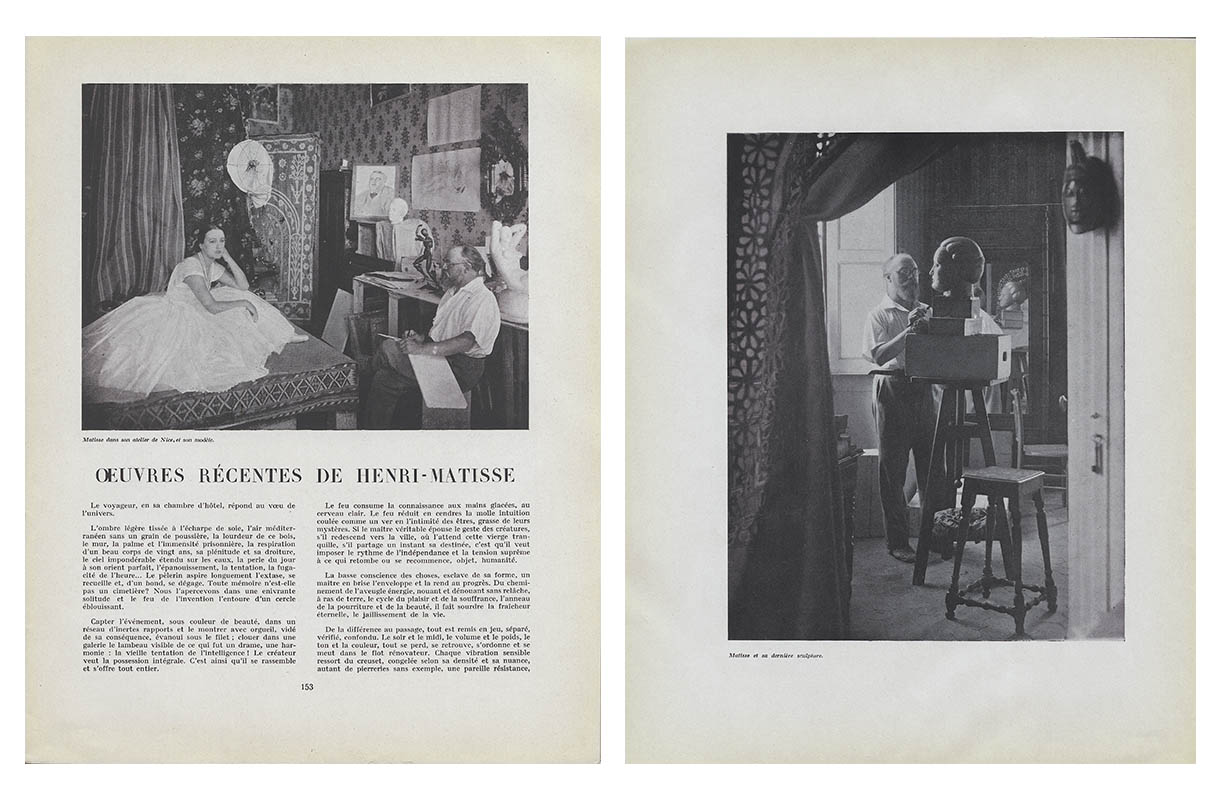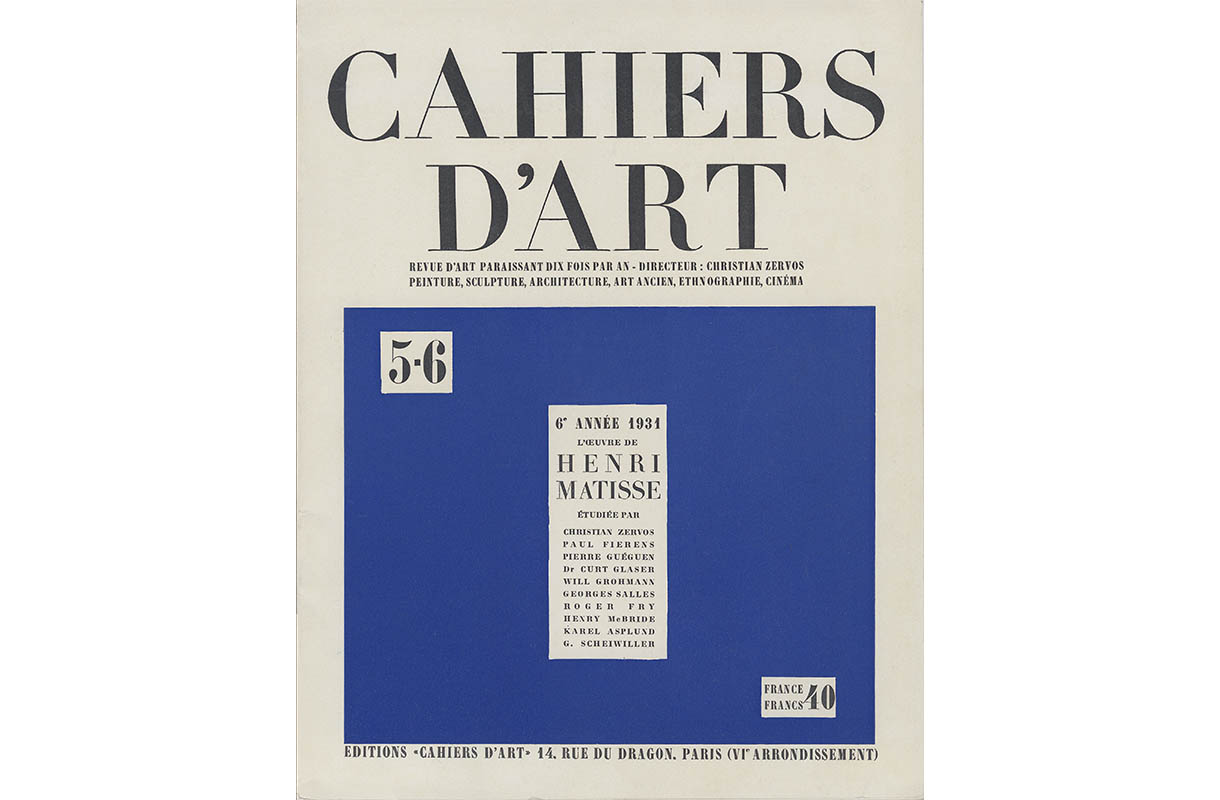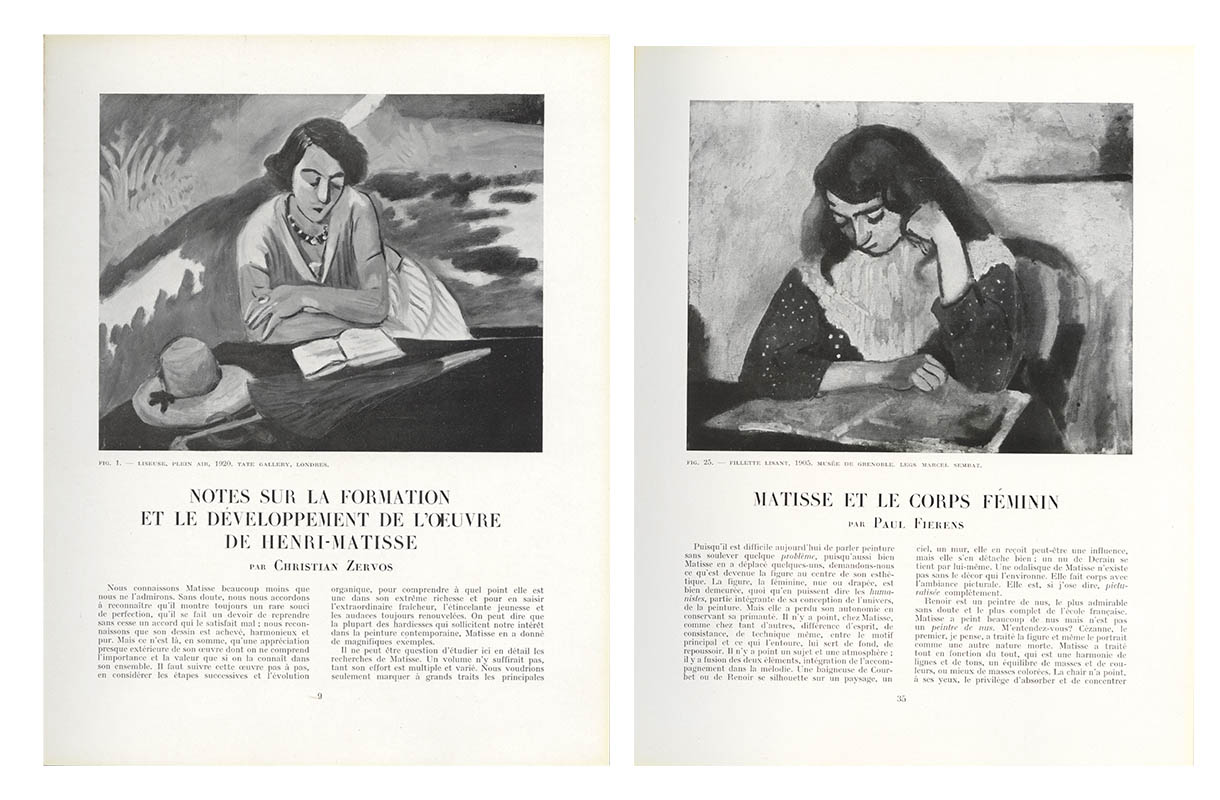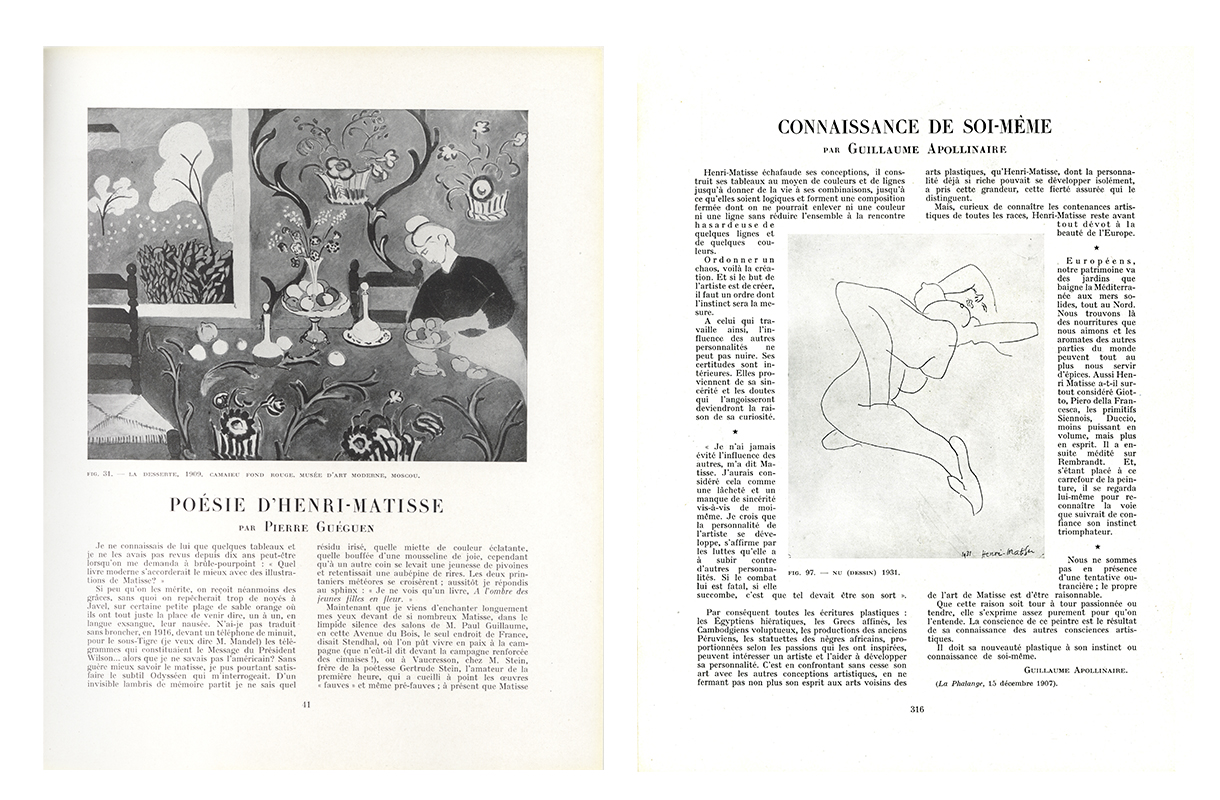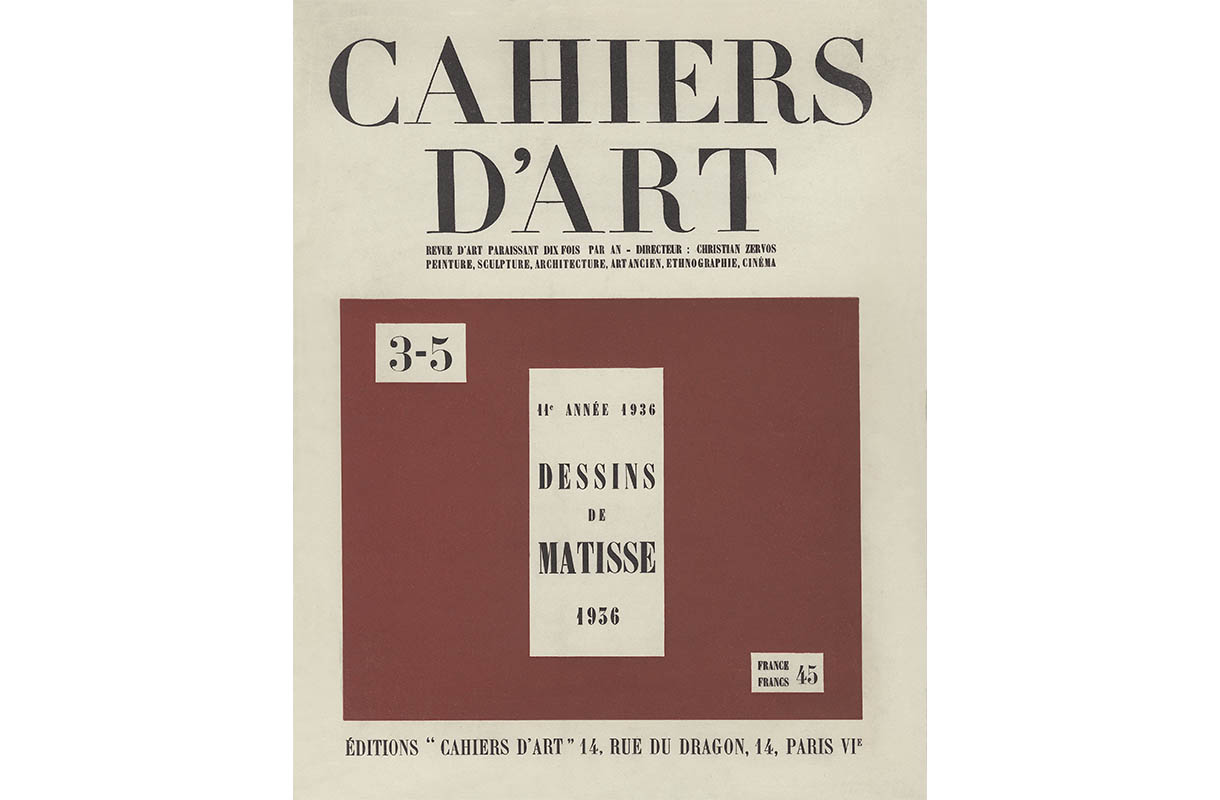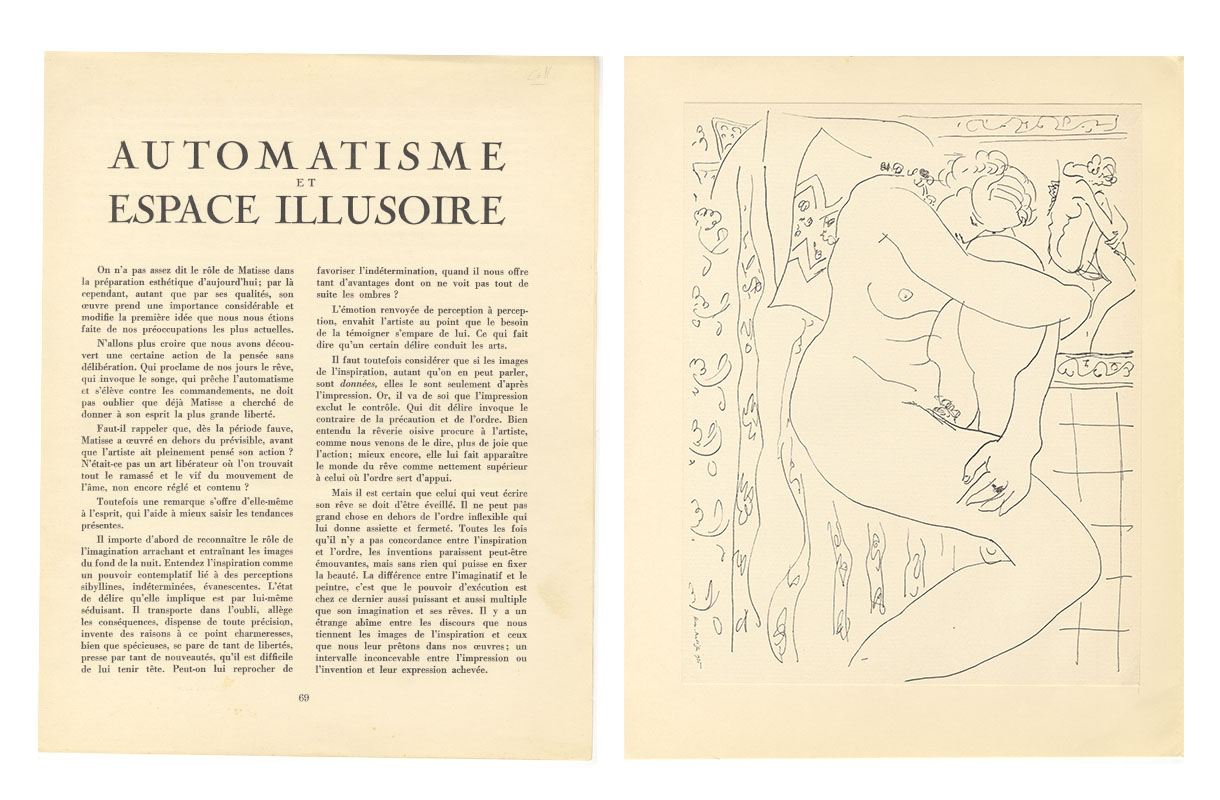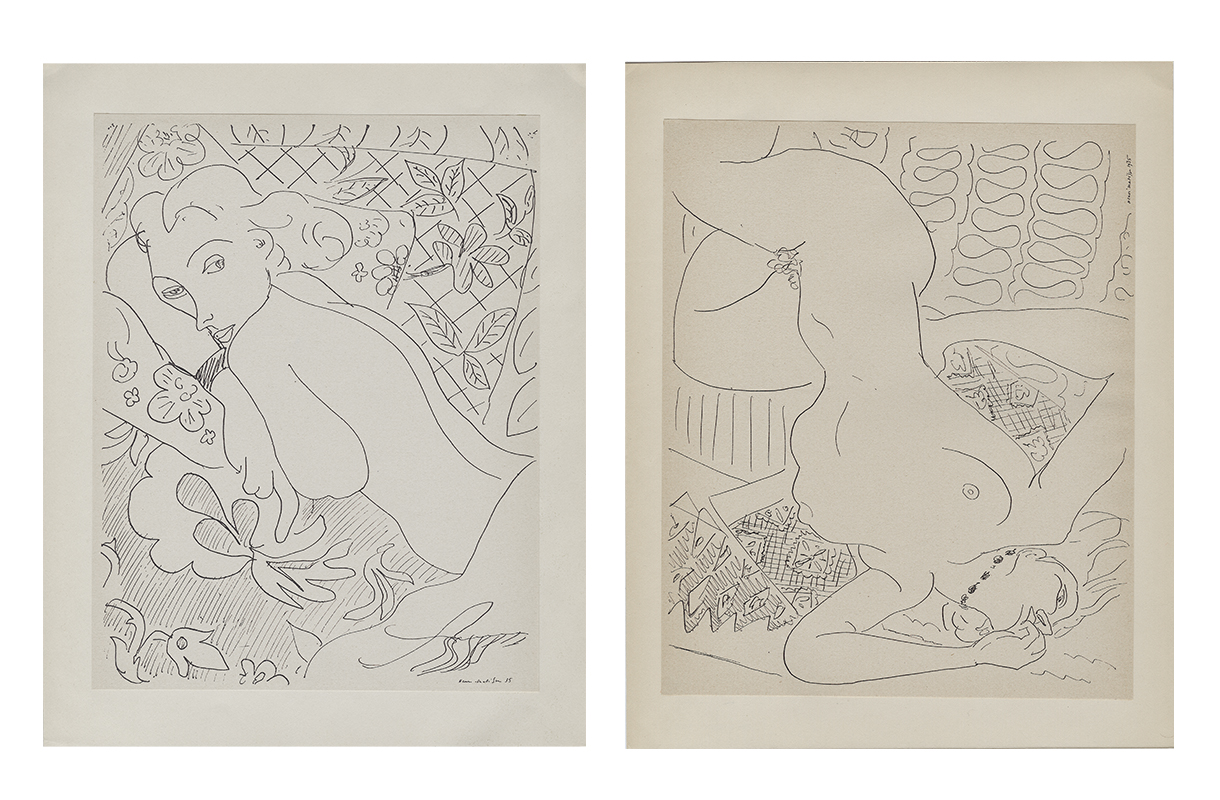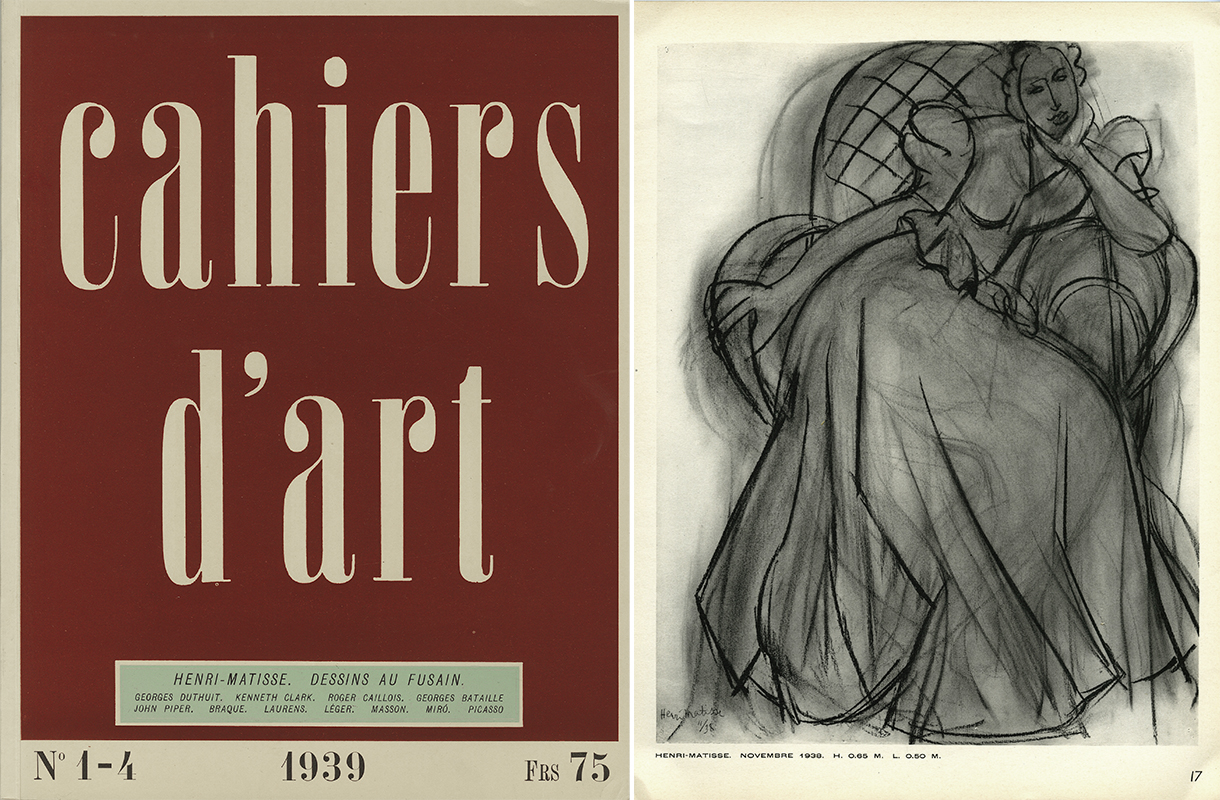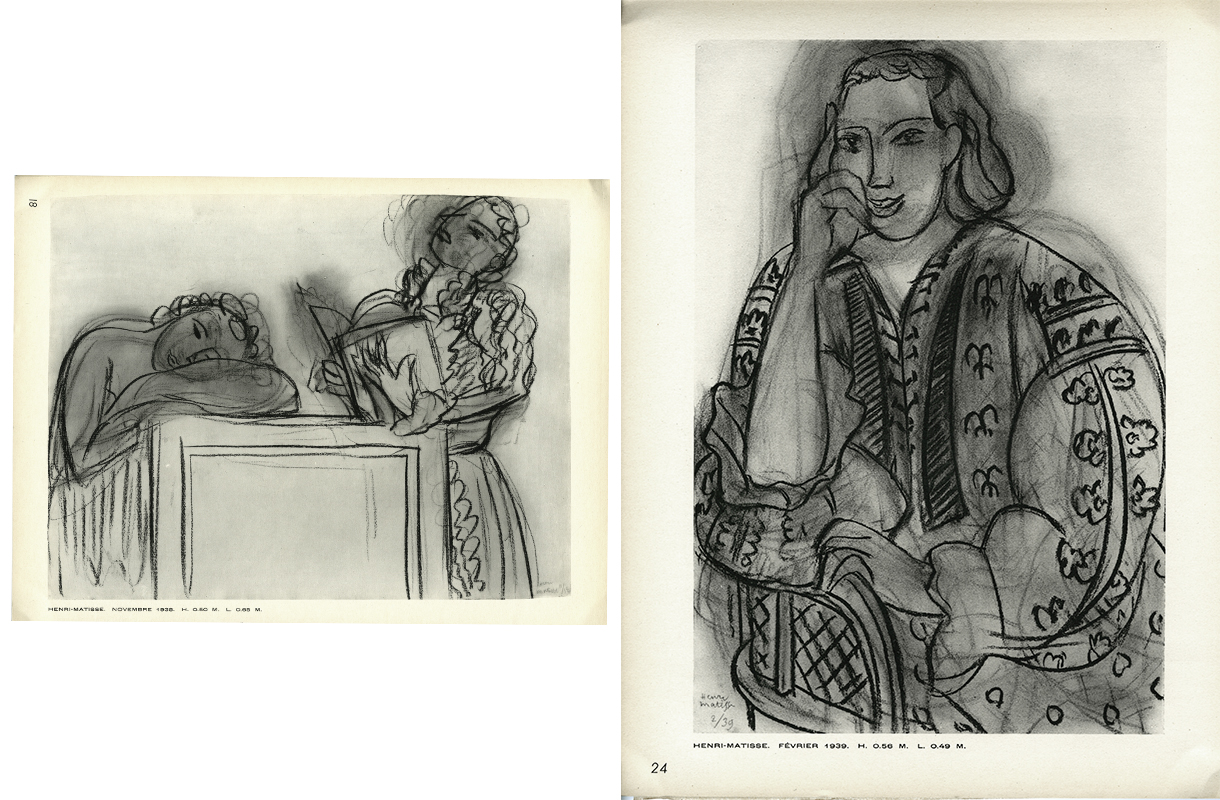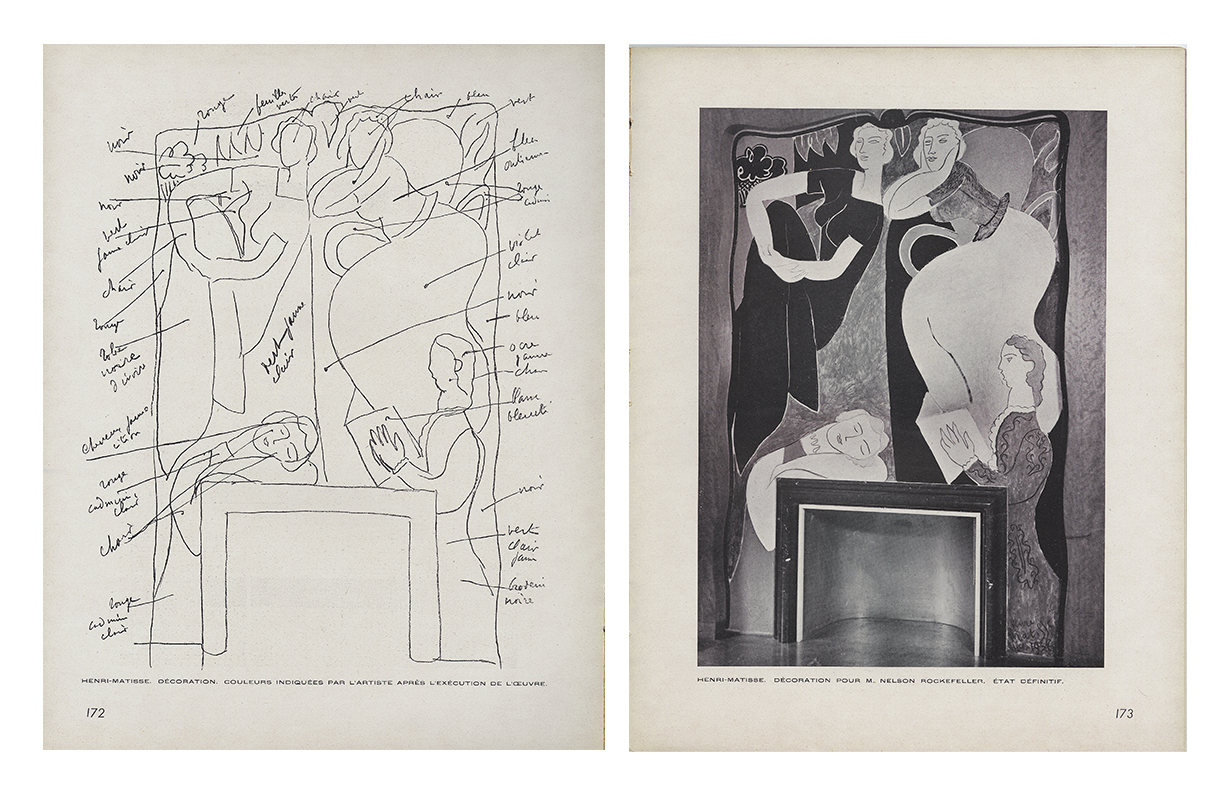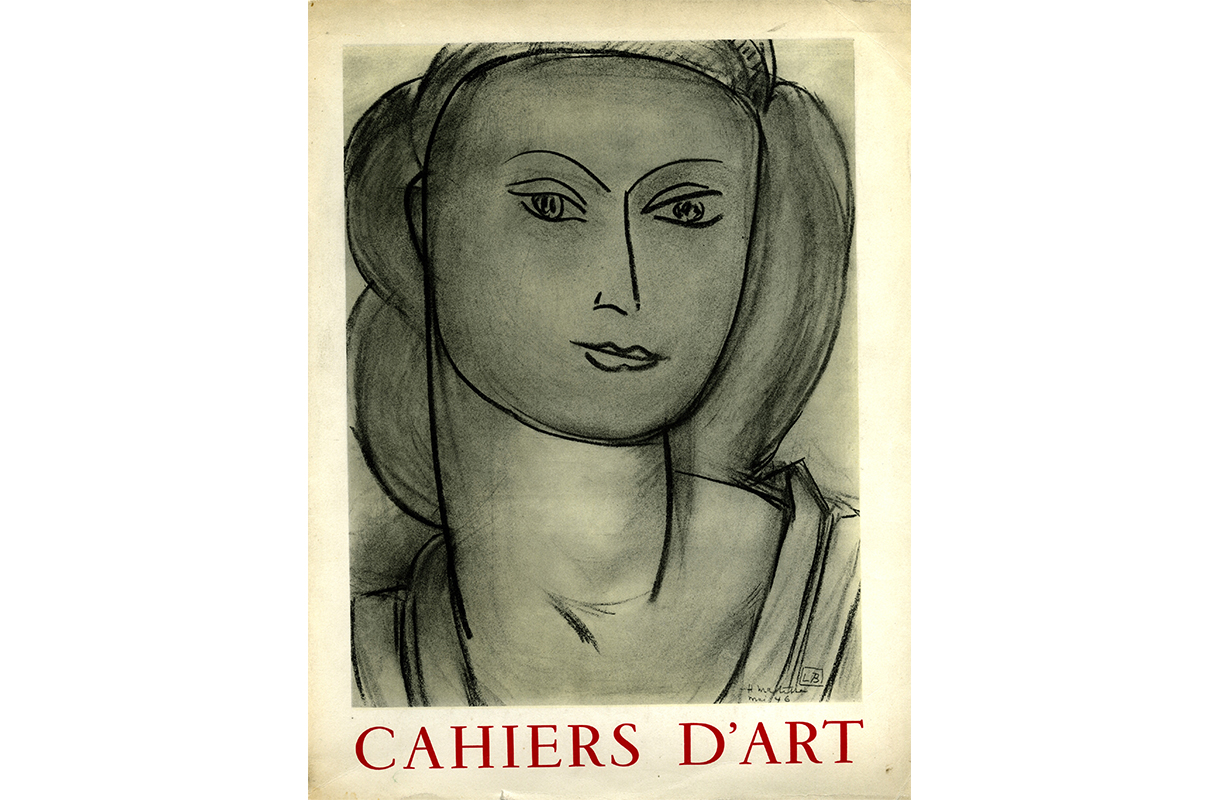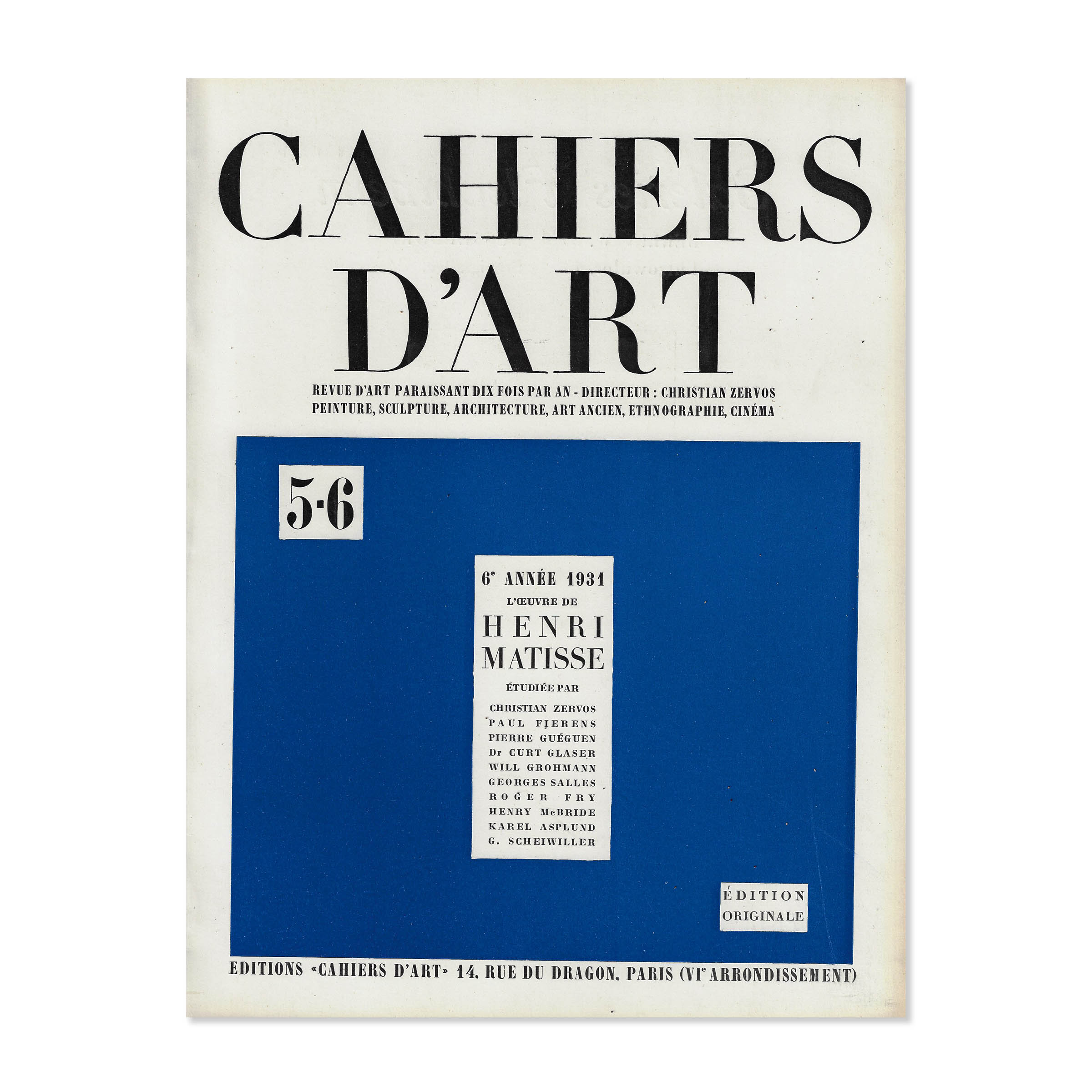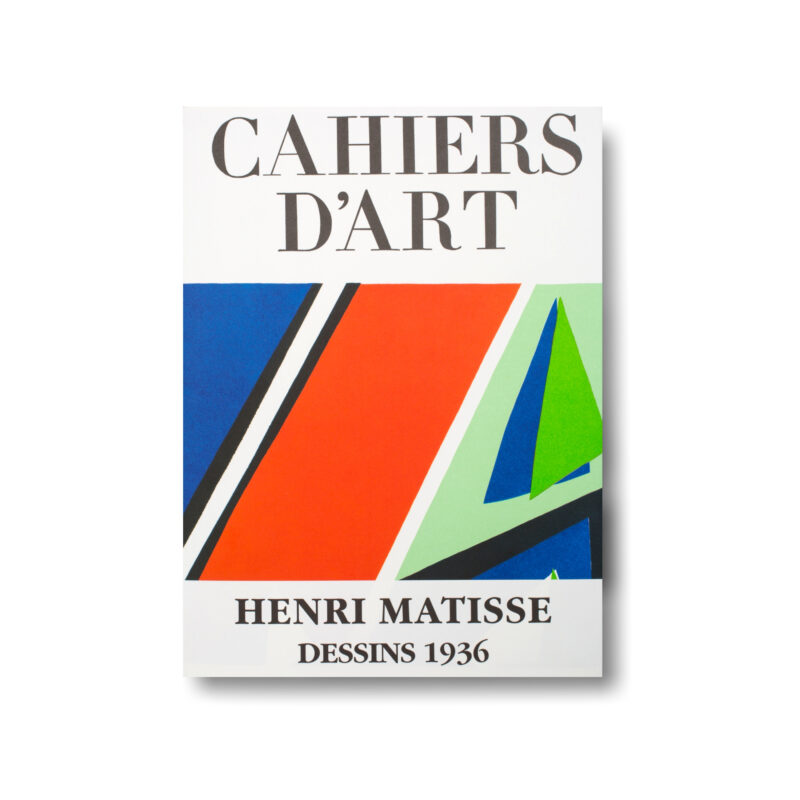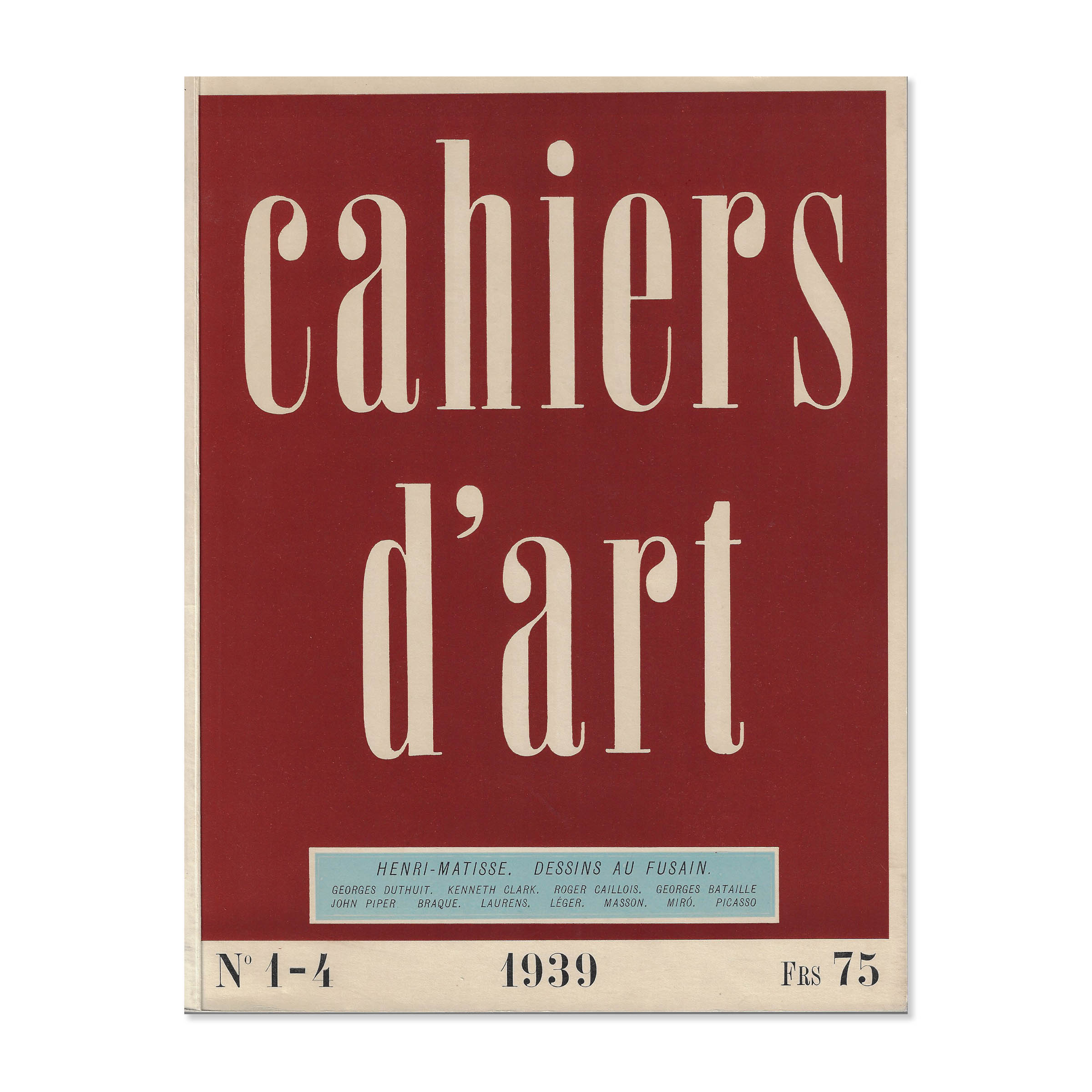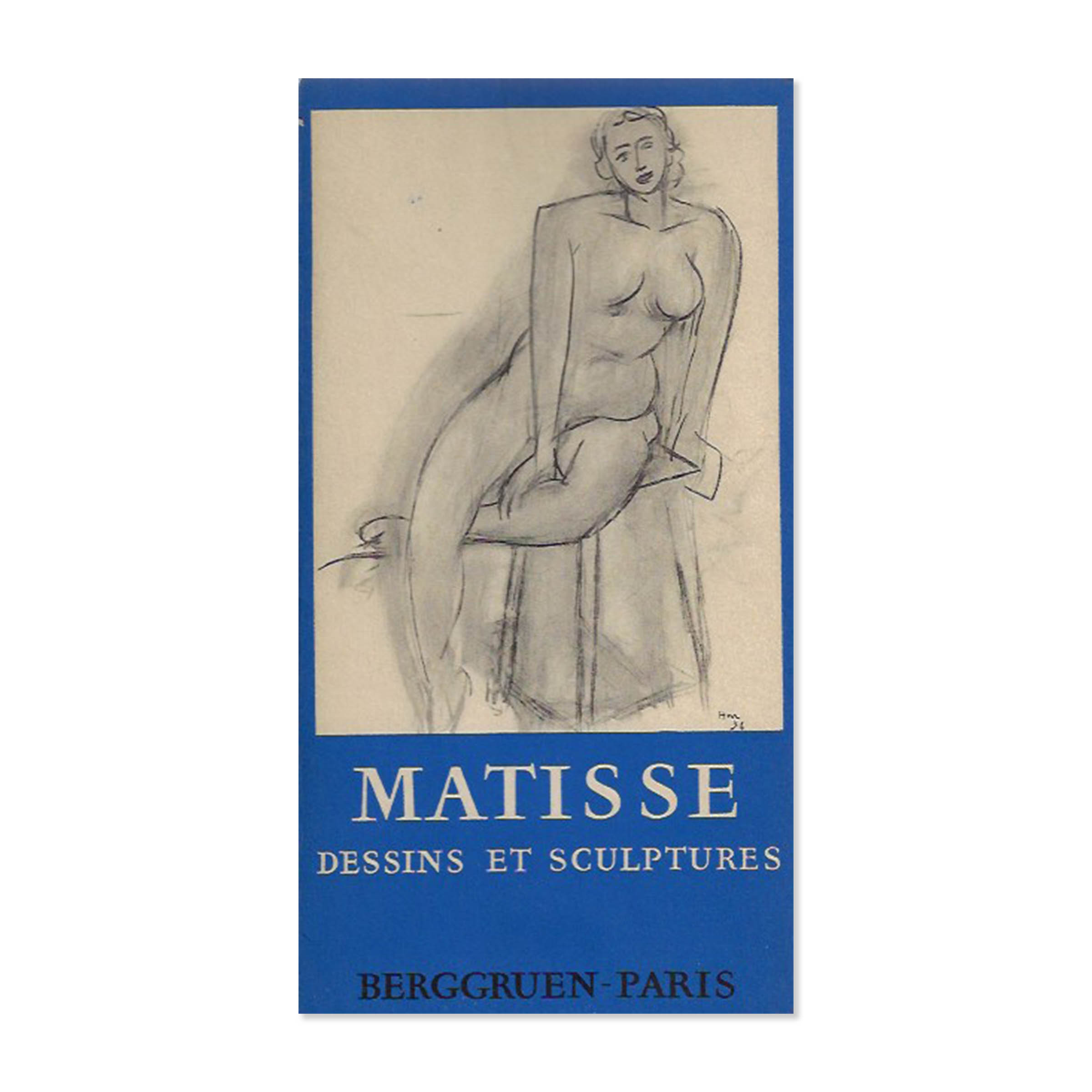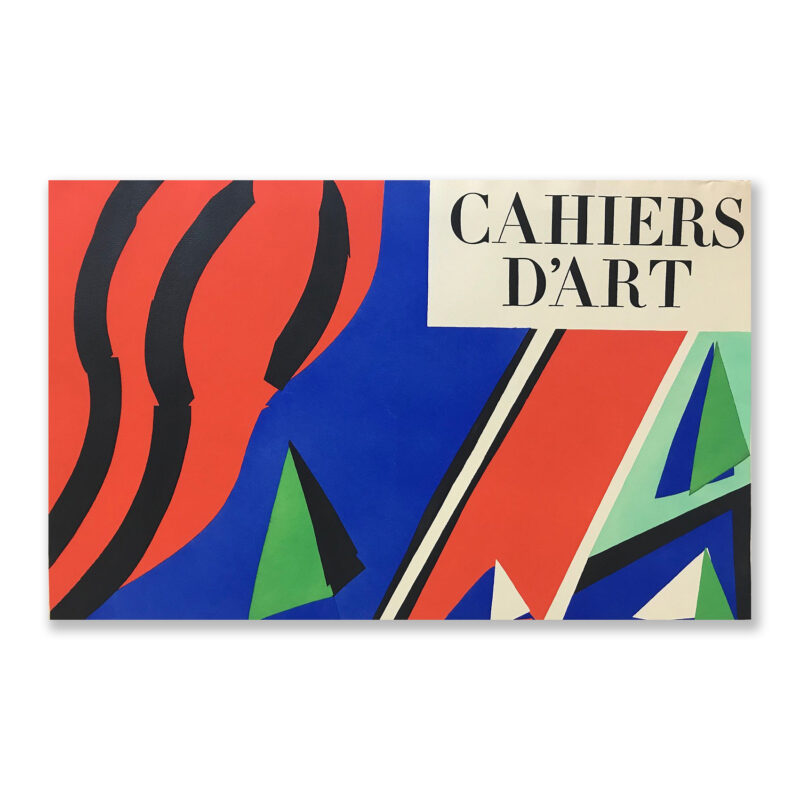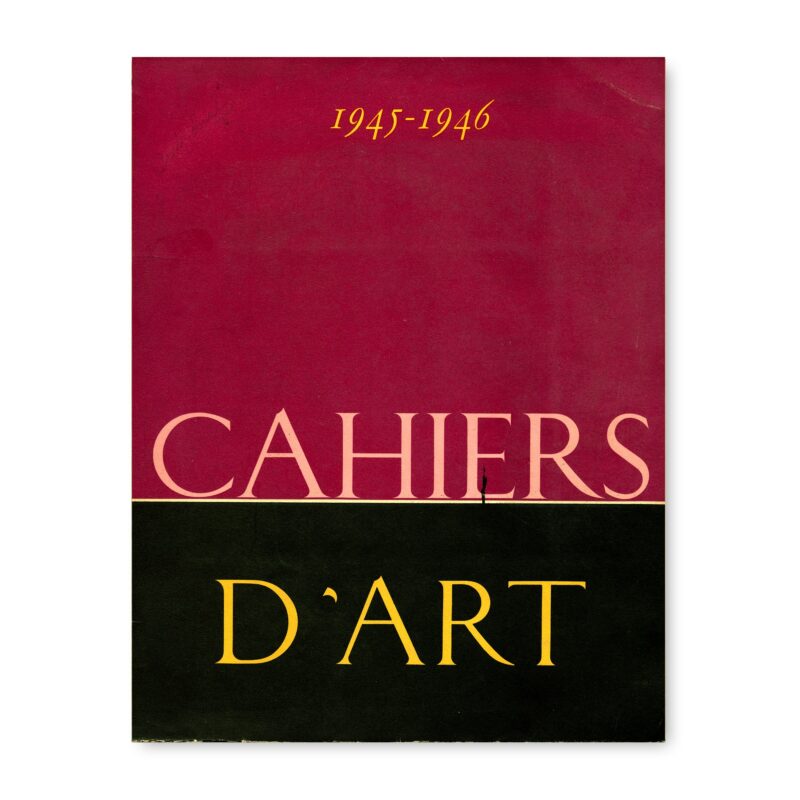HENRI MATISSE
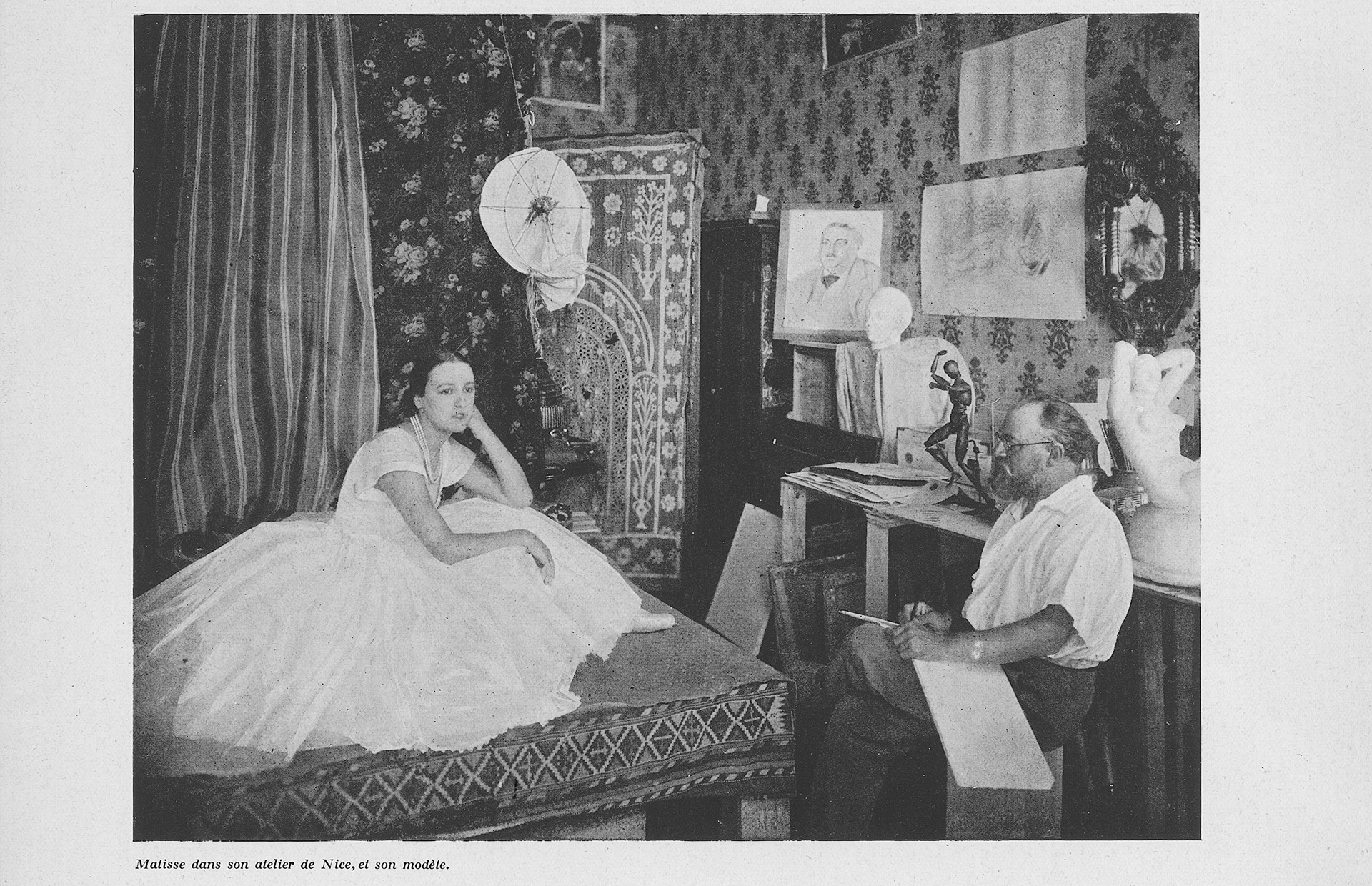
Henri Matisse is present from the very first issue of the Revue: in 1926 in the article by Christian Zervos “Lithographs by Matisse”, which 5 illustrations accompany. The last appearance of the artist in Cahiers d’Art is the short article “A propos de l’exposition du fauvisme au Musée National d’Art Moderne” in 1952. The first special issue dedicated to his work was in 1931 (n°5-6). In 1936, another special issue is exclusively dedicated to his drawings, the cover has remained mythical and has become a legendary collaboration of Cahiers d’Art. It was reissued in 1992. In this issue, the text “Automatisme et espace illusoire” by Christian Zervos and the poem-tribute to Matisse by Tristan Tzara are certainly the two most interesting literary contributions. In 1939, his recent charcoal drawings are celebrated (n°1-4) with 16 full page reproductions and texts by Christian Zervos. In all, he devoted nine articles, often quite long, complete and with numerous illustrations, to Matisse. Undeniably, he is one of the most present and important artists for Cahiers d’Art.
Henri Matisse is a French painter, sculptor, but also draughtsman and engraver, born in 1869 in a village of the North, Cateau-Cambresis. After studying law and working as a solicitor, Henri Matisse began to draw, almost by chance, during a convalescence following an operation. He arrived in Paris in 1891, and wanted to learn painting. He discovered impressionism, then Cézanne, Gauguin, Van Gogh. In 1905, he exhibited the famous portrait of his wife, Woman with a Hat, at the Salon d’Automne, which caused a real scandal. Gertrude Stein recounts: “Visitors laughed when they looked at the canvas, and people tried to tear it up. “However, he emerged from anonymity and even took the lead in the Fauve movement. He was not mobilized during the 1914-1918 war, and worked tirelessly on the motif of the female body in Collioure, then in Nice. Between 1943 and 1947, Matisse worked on the creation of a magnificent illustrated book Jazz ordered by the publisher Tériade. Tériade was Christian Zervos’ assistant for several years, and founder of the Revue Verve, to which Matisse contributed on several occasions. His work is one of the richest that modernity has known, ranging from Fauvist masterpieces, remarkable for the expressiveness of the line and color, to later bronze sculptures, or a prodigious quantity of drawings and prints. He died in 1954 in Nice.
Photo legend : Matisse in his workshop, extract from the issue of Cahiers d’Art 1926 – N°7 p.153
CHRISTIAN ZERVOS ABOUT HENRI MATISSE’S WORK
” Concevoir des images qui n’ont pas encore été formées dans aucun esprit, prétendre à de nouvelles inventions et toujours, à de prochaine découvertes et à de nouvelles évaluations esthétiques, aspirer sans cesse à une domination sur les formes, avoir le désir impérieux et pressant de fléchir çà et là les grandes lois inexplicables, dures et inflexibles de l’art, se donner de la peine pour imposer implicitement des règles plutôt que de les suivre, persévérer à découvrir parmi les aspects du réel celui qu’on imagine et qu’on ne s’explique pas, pénétrer jusqu’au plus profond des relations secrètes des signes qui décident des formes, mettre en œuvre des puissances indéchiffrables en considération d’amener un tout petit nombre de choses à demeurer à jamais vivantes et captives du dessin, et soudain se sentir épuisé d’une grande fatigue de l’esprit, éprouver la satiété qui empêche de persévérer et de résister, prendre son enthousiasme en déplaisance, écouter l’inspiration battre de l’aile tout au fond de l’émotion et de la volonté, se convaincre de l’extrême difficulté à tirer la dernière conséquence du jeu entre l’instinct de l’âme et la fatalité de l’esprit, c’est de cela qu’il s’agit dans les dessins de Matisse reproduits plus loin, alors même que leur aspect de fleurs heureuses naturellement épanouies au soleil ne laisse rien sous-entendre de ces tensions et de ces contraintes complexement unies.”
Extrait de l’article de Christian Zervos “Peines d’esprit et joies de Matisse”. Cahiers d’Art 1944-1954, p. 162-197.

